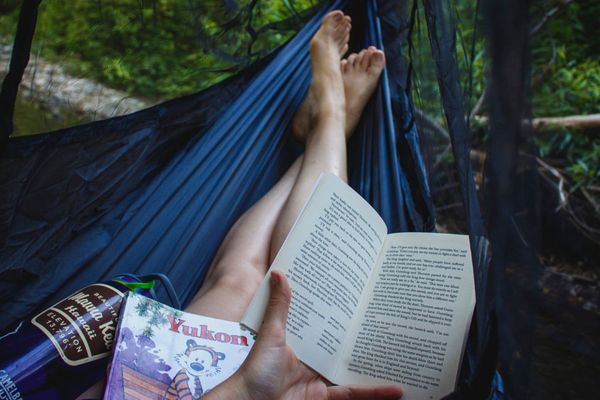reading list
Five climate books to read for Cop27
The year you finally read a book about climate change
Our annual summer reading list, 2019 edition
Staff and friends of EHN give their top recommendations
Is it really already the 4th of July? The year is flying by — what better way to slow down than by diving into a great book?
Behold, our annual staff book recommendations—with a couple bonus reviews from friends of ours.
As usual, our annual list has one minor disclaimer: We are an environmental site but we are very loose with our books' link to the environment. (If you prefer your reading environmental-only, subscribe to our free morning newsletter, Above the Fold.)
So hop in the hammock and enjoy!
Brian Bienkowski’s pick
To Shake the Sleeping Self, by Jedidiah Jenkins
For most of us, the bicycle represents our first taste of freedom. This is true for country kids barreling down dirt roads or city kids swerving to the corner store to buy candy without adult supervision. Most of us can remember that feeling of movement, of added speed and the freedom to roam.
In Jedidiah Jenkins' debut he chronicles his bicycling trip a few years ago from Oregon all the way down to Patagonia in the southernmost tip of South America—a journey aimed to get back to those early days of childlike wonder and freedom on two wheels.
The trip, he writes, had many reasons but chief among them was "shaking the brain awake." As he neared his thirties, he felt routine, though it included a fulfilling job and great friends, was numbing his brain. Enter the bike.
The Thousand Year Journey: Oregon To Patagonia from Kenny Laubbacher on Vimeo.
The book takes you through each region of the trip and introduces you to his ride-along buddy and loveable hippie, Weston. Jenkins has a way with words, painting a picture of both beauty and treacherous terrain along the way. He uses different rides along the trip to give you a peek into his wandering mind—poring over his sexuality, his inner struggle over faith, his sometimes-frayed family relationships, and his figuring out a place in the world.
Such a book could easily fall onto tired clichés, but Jenkins avoids these traps and gives a clear-eyed view of what it means to spend about a year and a half on a bicycle, mostly in places where you are a foreigner.
My one tiny criticism? If you're a bike geek, don't expect much on the bike side of things. The book doesn't even mention if he's riding a hybrid, mountain bike or road bike, let alone what brand. Trips to the bicycle shops along the way are also given short shrift. This isn't a book about bicycles — the frame, wheels and hardware are simply his connection to the road.
The end of the book is simply touching—and what was the big lesson Jenkins found on the road? I won't spoil it but in his words: "I had wanted slowness, but I got life."
I highly recommend this book, it's more than 300 pages, and I read it in just a couple days. It's a timely reminder as the weather warms that we all need to occasionally shut the laptop, leave the phone, and go for a spin—even if it's not 13,990 miles.
Emily Makowski’s pick

Radium Girls work in a factory of the United States Radium Corporation, circa 1922. (Credit: Wikimedia Commons)
The Radium Girls, by Kate Moore
This book is the opposite of a beach read. It is 496 pages and excruciatingly sad at times. But it's a memorable, well-written account of the lives of factory workers known as "radium girls," and if you haven't read it yet, you should.
During the 1920s, workers—often young women—painted glowing numbers onto watch dials with radium. They were instructed to lick their paintbrushes in order to paint fine details, causing them to ingest tiny amounts of radium hundreds of times each day.
The dangers of radium were already starting to be known at the time, but this knowledge was scarcely passed on to the workers, who painted their nails and faces with it and ate their lunches at their workbenches. Soon, one by one, many women began to experience symptoms of radiation poisoning. What started as a loose tooth turned into a crumbling jawbone. Dozens of women died.
Leaders at companies like Radium Dial tried to deflect blame for many years, even suggesting that syphilis was the cause of some women's symptoms. After persistent ex-employees filed multiple lawsuits, watch-dial companies were eventually forced to pay compensation to victims and their families.
Radium Girls is an engrossing book, even though there were times I had to put it down because what the women went through was so horrifying and frustrating. The book was released two years ago to widespread acclaim, and for good reason. Moore thoroughly describes not only the women's suffering but also their persistence and struggle for justice.
Kristina Marusic’s pick
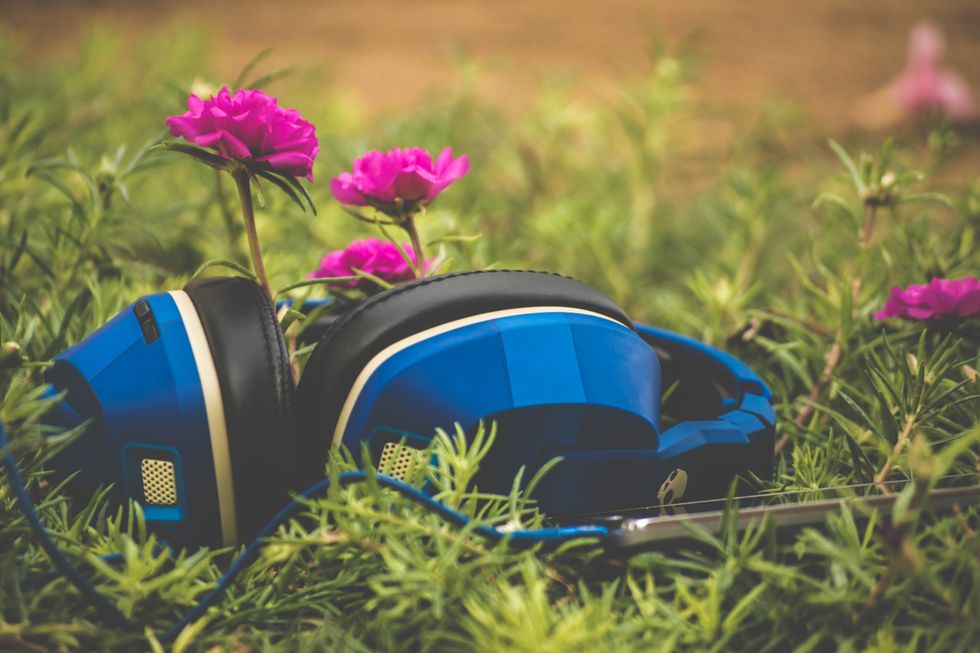
(Credit: Sai Kiran Anagani/Unsplash)
The Overstory, by Richard Powers
The Overstory won the 2019 Pulitzer Prize in Fiction for good reason: It might just be the first great American ecological novel. Powers was inspired to write the book after he encountered giant redwood trees for the first time while teaching at Stanford.
The scale is epic: The Overstory documents the lives of trees and the humans whose lives are touched by them and intertwined with them over the course of centuries. The effect is the portrayal of a world that has always—and will always—belonged to plants, where humans are just brief visitors.
In a series of slowly unspooling narratives that don't reveal their connections until late in the book, Powers develops beautifully complex characters—among them a farmer, an artist, a veteran, an activist, a Silicon Valley video game developer, a psychologist, and a scientist. He follows their lives in concentric rings, from early childhood to the tragedies that compel each of them to try and save the lives of trees, and well beyond.
The Overstory may be fiction, but Powers incorporates true science on the interconnectedness of forests and ecosystems through prose that's literary and evocative. Some of his descriptions of the natural world were so visceral and lovely they compelled me to go outside just to briefly smell the air and touch the bark of a tree.
I listened to the audiobook, which I highly recommend for this one—it is beautifully read, and it was an added pleasure to hear the author's artfully crafted prose spoken aloud. Plus, you can listen to it while walking amongst trees this summer.
"The best arguments in the world won't change a person's mind," the psychologist in The Overstory opines. "The only thing that can do that is a good story." This book, which dares to imagine that trees drive a larger story encompassing all of human existence, is one of them.
Madeleine Turner’s pick
Tracks, by Robyn Davidson
In 1977, Robyn Davidson embarked on a solo 1,700 mile journey through the Outback. Why? No reason in particular. She readily admits the endeavour was a "lunatic idea."
Two years prior, 27-year-old Davidson had moved to Alice Springs—a remote town in Australia's Northern Territory—with no money. Through a grueling apprenticeship, she was able to acquire four camels of her own to carry supplies on the journey.
Davidson begrudgingly carried a radio with her, only to appease National Geographic, who agreed to sponsored her trip. Otherwise, she was completely alone, often hundreds of miles away from any other people.
I first read Tracks in high school. Despite the precarious nature of her journey—it felt like anything could go wrong at a given moment—I don't remember the book being as action-packed as one might think, besides a time when Davidson had to fight off wild bull camels. What I do remember instead, is Davidson's complete submersion in the landscape around her.
"I didn't just see the animal tracks, I knew them. I didn't just see the bird, I knew it in relationship to its actions and effects," she writes. "My environment began to teach me about itself without my full awareness of the process."
Davidson fosters a deep appreciation for nature. And maybe for that reason, Tracks continues to be one of my all-time favorite books. I recommend it to people every chance I get.
Andrew Blok’s pick
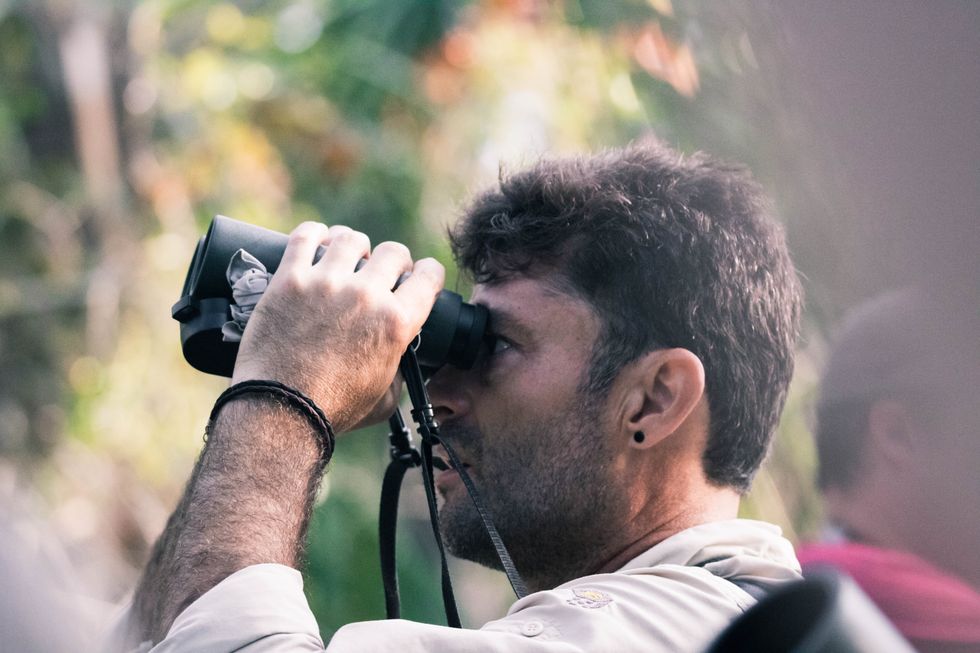
(Credit: Forest Simon/Unsplash)
How to Know the Birds, by Ted Floyd
How to Know the Birds by Ted Floyd isn't just for those who want to know the birds. Those people, like me, will be most likely to pick this beautiful book off the shelf, but those who don't might miss out on a wonderfully written, accessible and comprehensive introduction to a new way of looking at the world around them. Though this book is first a crash course on birding, finish it and you'll be looking at and thinking about birds, the world and the world of birds in different ways.
The book is divided into 200 one-page chapters, each about a different bird and connected issue. Why is the Cedar Waxwing one of the birds that starts so many people birding? What's so incredible about bird migration? Why do birds need, but die from, renewable energy? What's so important about protecting huge chunks of habitat? How can humans enjoy and protect the natural world? Why should we? It's an introduction to birds and birding, but it's a reintroduction to the world, too, complete with delightful pencil drawings.
Not interested in reading about molt or the basics of delineating species? No worries. Though the chapters build nicely, this book lends itself to skipping and jumping back and forth. But, you might find yourself reading straight through, because you don't want to miss any of Floyd's writing.
It's full of laugh-out-loud sentences and beautiful paragraphs. You'll want to read next to someone so you can share the easy style and skill of Floyd's writing. You'll want to read close to the door so you can head out and put to the test your new understanding of birds and the world.
Pete Myers' pick
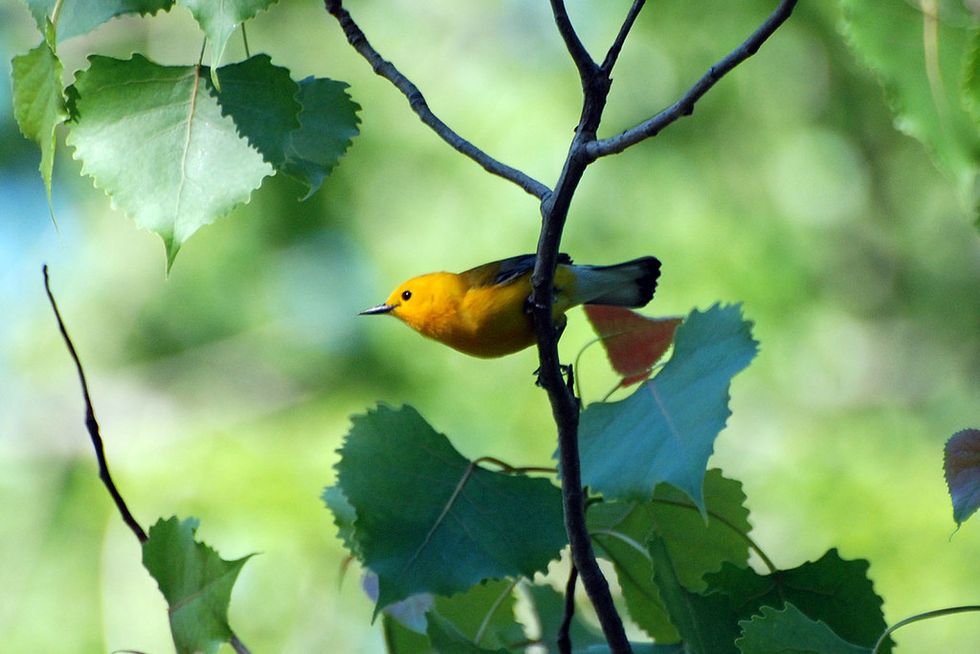
Prothonotary Warbler, Magee Marsh, OH.
(Credit: Don Faulkner/flickr)
A Season on the Wind: Inside the World of Spring Migration, by Kenn Kaufman
Ever wonder what bird migration is like, from the bird's point of view? While we can only guess, my bet is that this lyrical book about bird migration is probably closer than anyone has ever come.
Kenn Kaufman has been writing about birds since his classic coming-of-age memoir "Kingbird Highway'(1997), about the year after dropping out of high school that he spent hitchhiking all over the United States in pursuit of seeing as many bird species as he could find.
In 2000 he published the first in a series of award-winning field guides to North American birds, butterflies, mammals and more. In 2008 he returned to the themes of "Kingbird Highway" in another memoir, "Flights Against the Sunset", a poignant collection of essays spanning continents, relationships and adventures.
His newest (2019), "A Season On the Wind" is an artful, passionate mix of stories about people, birds, bird migration and bird conservation, particularly in the face of the challenges a migratory hotspot—the southwest coast of Lake Erie—faces from wind farms.
Read it and I guarantee you will want to visit Magee Marsh next spring, if not every spring hereafter, and you will be in awe of how and why birds migrate distances, despite the dangers inherent in their journeys.
I'll be there. Hope to see you.
Douglas Fischer's picks
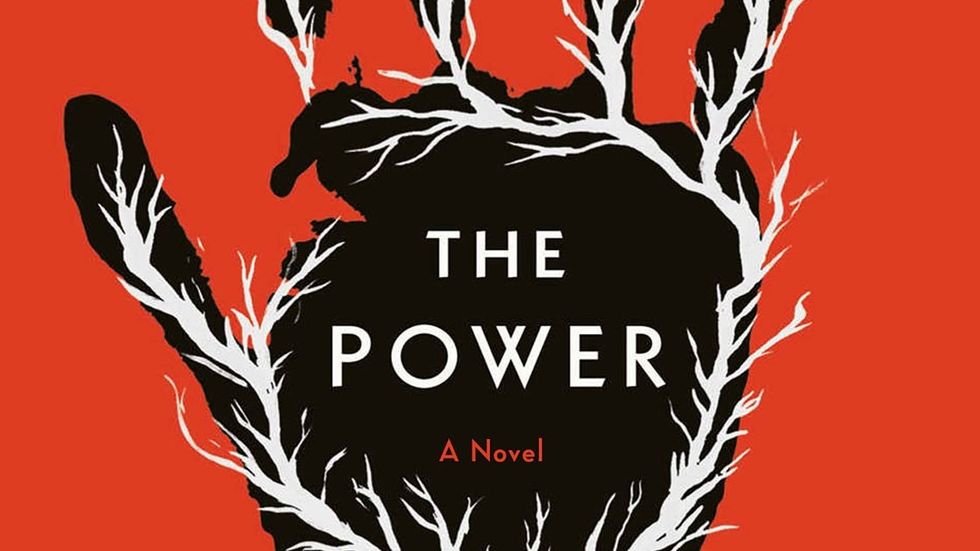
The Power, by Naomi Alderman
I go through phases. Some years I can deal with all the earnest nonfiction explaining why this ecosystem is disappearing or that animal population is crashing. This year, I cannot.
This summer, I want something light. Different. Fun, even.
So I lost myself in Naomi Alderman's electric, provoking, page-turning "The Power." Call it feminist science fiction: Women around the world mysteriously—shockingly—develop the power to electrocute people. And suddenly everything is different.
It's a stretch to put this on an environmental reading list, but that's the summer I'm having: Let's just say the electricity is renewable, regenerative and neither fossil-fueled nor federally subsidized. The power Alderman really plays with is the social dynamic: What happens when the oppressed become the oppressors? And just how thoroughly are concepts of violence and peace, nurturing and destruction baked into our notions of gender?
Beyond Words: What Elephants and Whales Think and Feel, by Carl Safina
Four years ago ecologist and author Carl Safina weaved decades of observations about animal families and brain function into an artful tale of what elephants, wolves, killer whales, ravens and more think and feel. This year he adapted that delightful book for the young adult crowd in what Kirkus Reviews called "a winning mixture of reverence, wonder, and even playfulness." Amazon just named it the 2019 Best Book of the Year in the Children's Nonfiction category.
And for good reason. I want my kids thinking about what makes us human, about our role in this world. Safina brings art and magic, science and data to that discussion.
Peter Dykstra's pick
"Buzz, Sting, Bite: Why We Need Insects, by Anne Sverdrup-Thygeson
The Revelator has risen to the top of must-read publications for me. Editor John R. Platt's recommendation on this book is something I regard as an assignment for me this summer, he writes: "An ecologist provides an entertaining look at 'the little creatures that make the world go round', something that's severely needed in this era of worryingly dangerous insect declines."
Recommendations from friends of EHN
John R. Platt, Editor at The Revelator, pick:
Borne, by Jeff VanderMeer
It's a horrifying, poetic science-fiction novel about ecological collapse, climate change, pollution and the wild that exists in the cracks humanity leaves behind. The NEA picked BORNE for its "Big Read" this summer, so I'm already planning to revisit it (and looking forward to the thematic sequel, DEAD ASTRONAUTS, this September).
(Editor's note: If you need even more book recommendations, check out the monthly "Revelator Reads" column.)
Jenni Doering, producer at Living on Earth, pick:
Underland: A Deep Time Journey, by Robert Macfarlane
The world that lies beneath our feet will pull you under from the first pages of Underland: A Deep Time Journey by Robert Macfarlane. The dark underworld beckons more with each sentence as Macfarlane squeezes through impossibly narrow admittances in English karst and catacombs underneath Paris, France. A "starless" river wends Styx-like through a black sand underworld beneath northeastern Italy.
But don't mistake Underland for a caving epic alone: the mycorrhizal networks known as the "Wood Wide Web", the search for dark matter, and a daring descent into a glacial moulin all have a part to play in Macfarlane's search to illuminate what's beneath the surface. A deeper still search for meaning runs through this Anthropocene-centric (but decidedly not Anthropocentric) work, as Macfarlane ponders: "what kind of ancestors will we be?" for those beings who walk the Earth in a deep time future, long after our ashes have turned to stone.
And since this is Robert Macfarlane, a wordsmith who chooses each word as deliberately as each step he takes in a pitch-black cave, Underland is a delicious read as well as an absorbing one. Its wanderlust for what's beneath the surface will work its way into you as surely as water finds a way through limestone.





